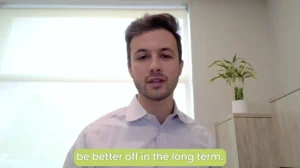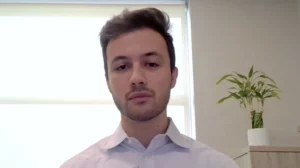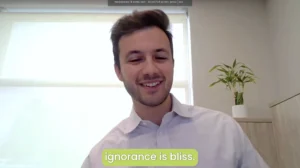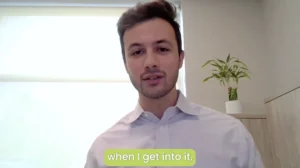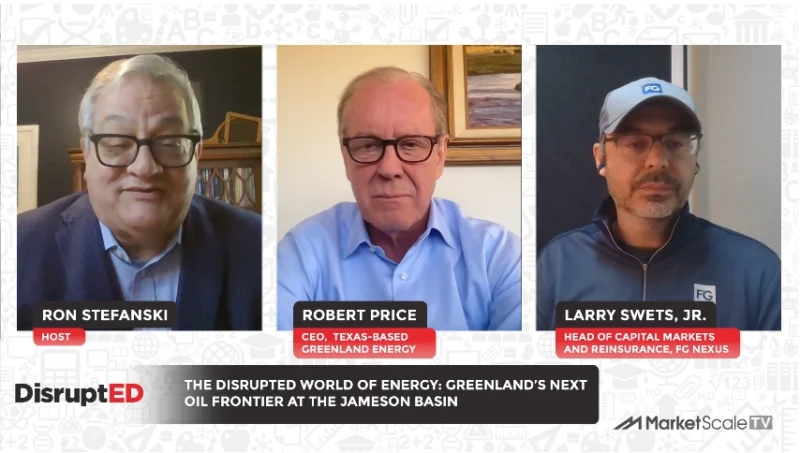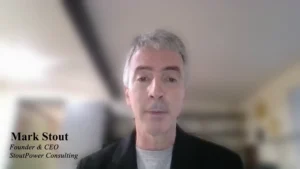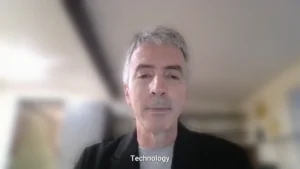DTECH 2024: Transforming Energy Consumers into Contributors Will Pave the Way for a New Energy Era
With a transition to energy vehicles set to take center stage in the coming years, the US is witnessing a remarkable surge in distributed energy resources (DER) investments. Forecasts predict that DER investments will exceed $110 billion from 2020 to 2026, signifying a shift in focus from nonresidential load management to the adoption of solar, electric vehicle infrastructure, and residential load management. This shift will also transform energy consumers into contributors to the grid, as they increasingly adopt these technologies and integrate them into their daily lives.
Transforming energy consumers into contributors will give rise to an ecosystem where consumers are not just passive recipients but active participants who contribute to the grid with their own resources. Cities and towns will also recognize the value of their energy assets, from electric buses to microgrids, in creating a resilient and sustainable energy system. As we build this future, it’s clear that technology and cooperation will be key to a successful energy transition. To delve deeper into this topic, MarketScale spoke to Linda Stevens, Sr. VP Sales and Chief Strategy Officer at OATI, on the show floor of DISTRIBUTECH 2024, the industry’s energy transmission and distribution exhibit. Linda emphasized the importance of education and collaboration in this transition, highlighting the need for different generations and stakeholders to understand and contribute to the energy ecosystem.
Linda’s Thoughts
The Shift from Centralized to Decentralized Energy Systems
“OATI is a software technology company and we have in the pockets of software that supports the energy industry from the distribution grid all the way up to the wholesale markets and everything in between. What’s happening because of the energy transition, all these different, what you call market segments, are actually now morphed into an ecosystem. When the grid was originally put together, it was put together in a concept that there were going to be large centralized forms of generation that sent energy and data and energy flow one way from centralized generation all the way down to the distribution grid, all the way down to me as a consumer. But that is being changed.”
Transforming Energy Consumers into Contributors
“So in my home, I have a solar thermostat and I have an EV and I have a battery pack that now is not only meant for me, but I can share that asset with the electric utility. So instead of being one way of data flow, it’s now an ecosystem where the energy consumers are close to where he is invited to join into this ecosystem. The distribution utility is square in the middle because you’ve got all kinds of distributed energy resources now that are now within the distribution grid, never been there before and they’re there now. And then all that matters in the coal power area as well.”
Orchestrating an Energy Ecosystem for Future Generations
“So OATI is here at the show to talk about how the energy transition isn’t in the future, it’s now. And furthermore, we’re not only transitioning, but we’re now orchestrating an energy ecosystem. I think that we’re building this energy future for our children and the upcoming generation that naturally come into this world with a wanting, with a desire to be connected. I think the education with our current younger generation or our upcoming generation, it’s going to be natural for them. They’re much more eco-conscious and environmentally friendly than older generations. So when you ask me about education, and I think it matters to your audience and who you’re talking to. Older consumers like me that have been just so used to just turning on the lights and just expect it to be able to be there. There’s a different level of education for someone in my generation as opposed to my son and his children. So I think it really matters.”
Empowering Cities and Communities in the Energy Ecosystem
“Furthermore, I think another piece of the education is cities, towns, and counties have high-value energy assets that not only support the towns and enrich the lives of the citizens of those towns, but they can be shared for the greater good of the grid. So as an example, cities and towns and counties need to be educated that on all those new electric buses that they’re buying to transport America’s children back and forth from school, they can be a big part of our energy ecosystem, because the batteries in those school buses are rolling batteries and can be used in a vehicle to grid in a bidirectional manner to send that energy capacity back to the grid. There’s different stakeholders now in the game. Same thing as cities are also wanting to have more resilient power, always on power. So we’re starting to look at cities as community resiliency hubs in the wake of disasters. Even if the grid goes down, there have to be some community pockets that never go down. So cities are investing in resiliency hubs. Cities need to be taught that that’s a great value for their residents, but the assets within those microgrids can be shared and participated with elective utility programs. So that means the utility can use the assets for the greater good and it improves the return on investment for the owners themselves. I think the distribution utilities are the hub on where those operational commands can be best brought through. And I think the new stakeholdership is going to be with the owners, then the distribution utilities sitting down and talking about how they could be used for the benefit of both. And I think that’s a part of the transition we’re starting to see, is changing the mindset within the elective utilities themselves, embracing that concept that there are going to be grid edge assets that they can use, and it doesn’t have to be a conflict.”
Article written by MarketScale.


